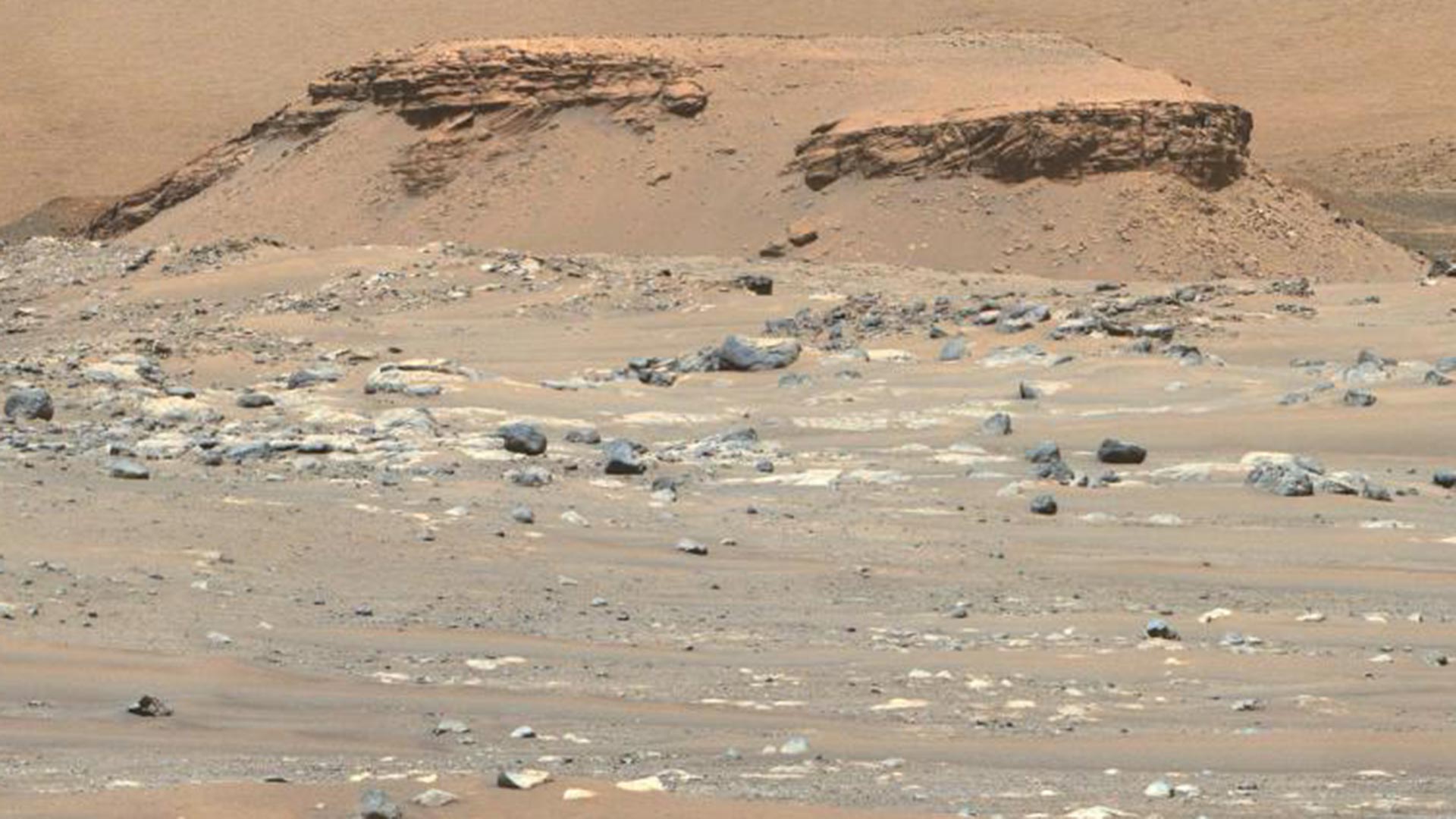The Perseverance rover reached a major milestone in its search for signs of life on Mars, taking the “most precious” samples ever collected. Contains potential biosignatures to be confirmed upon return to EarthNASA announced today, Thursday.
too This is not evidence that life once existed on the Red Planet But it’s a great chance to one day definitively identify possible ancient microbial life.
A biological signature may be created by the presence of life. But through a passive process. For this biosignature to be considered conclusive, samples must be analyzed by powerful laboratory instruments on Earth.
NASA plans to bring them back with another mission before then 2033.
“I think we can say that they are going to be and that they are already the most expensive rock specimens ever collected,” he announced at a press conference. David SchusterA scientist working on these models.
Two cuttings approximately one meter in size were drilled into a rock known as “Wildcat Ridge”. In a delta formed about 3.5 billion years ago At the junction between a river and an ancient lake.
This is particularly interesting because it is a Sedimentary rock The lake seems to have formed at the moment when the water evaporated.
The “Wildcat Ridge” also has “huge biosignature conservation potential,” said Shuster, an expert at the University of California, Berkeley.

Scanned individually by a tool at the end of the robot arm of the Persistence, The rock revealed the presence of organic compounds – the largest amount found since work began a year and a half ago. He declared that these compounds—especially those composed of carbon and containing hydrogen—were “the essential elements of life.” Ken FarleyResponsible for the scientific part of the work.
These were detected in very small amounts by the rover during previous analyzes of the Jezero Crater, which contains the lake, but “as we move into the delta, the signals become stronger and stronger,” he summarized. Sunda SharmaFrom NASA’s Jet Propulsion Laboratory.
“I personally find these results very impressive because it appears that at a crucial moment, we are in the right place with the right tools,” he said.
“We don’t yet know the significance of these findings, but these rocks are what we came for,” Farley concluded.
Other observations of the rover have surprised scientists. At the bottom of the crater, “igneous rocks, i.e. rocks that crystallized after melting,” were found.Barley declared. This discovery is a “Active Volcano” And, perhaps, before receiving water, the crater held “a lava lake,” he added.
Samples taken from these rocks and their subsequent analysis on Earth can directly determine the age of the Martian surface for the first time.
“It’s something that’s implicitly assumed today,” Farley explained.
A task is scheduled 2028 To retrieve these samples with a lander carrying a minicapsule. The rover will roll to the module to deposit samples, then transfer to an orbiting spacecraft that will return to Earth and land in the Utah desert. 2033.
(With information from AFP)
Continue reading:

:quality(85)//cloudfront-us-east-1.images.arcpublishing.com/infobae/BX5E3MVGMKKIFW67GWDPOT5NBA.jpg)


